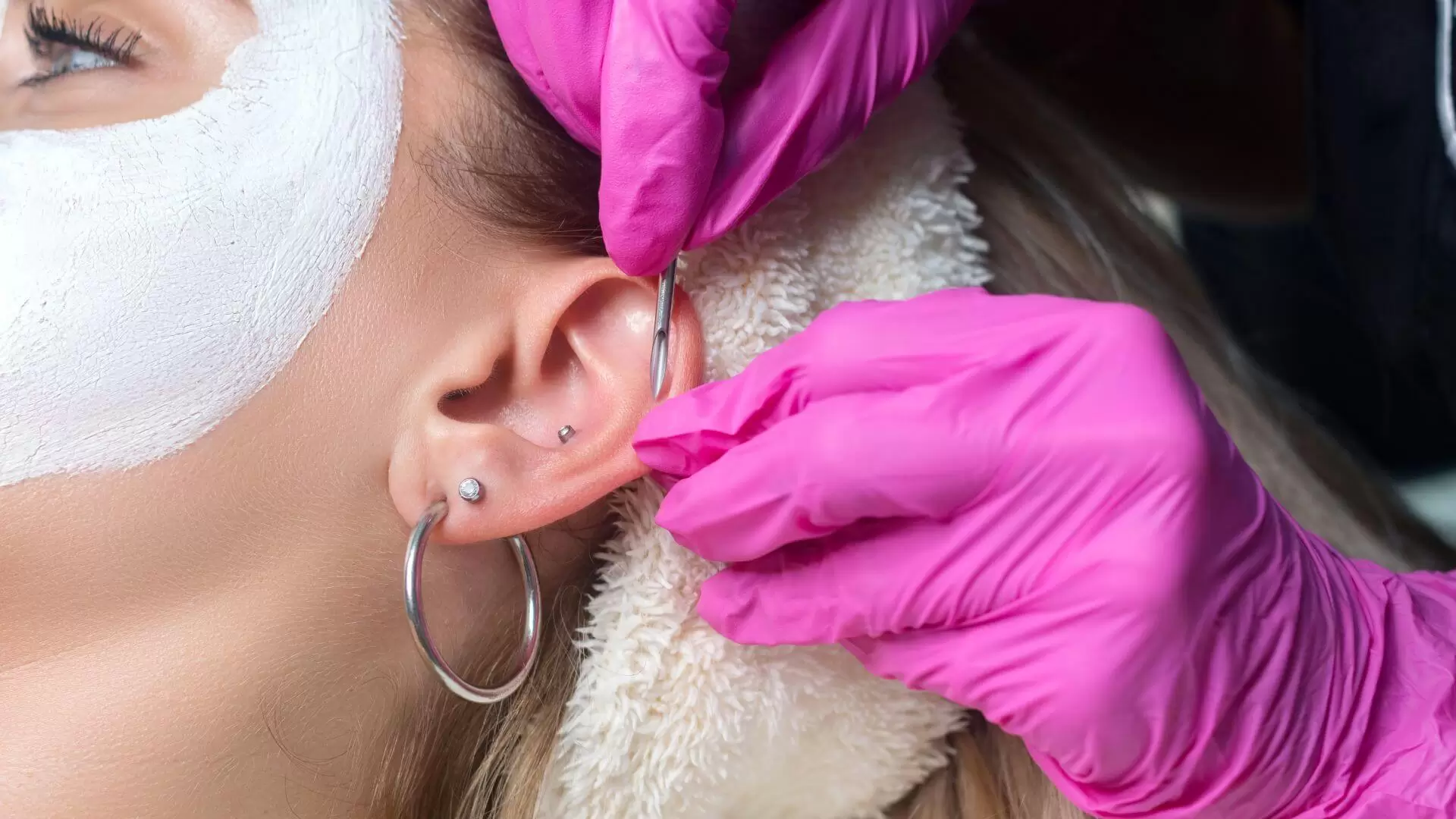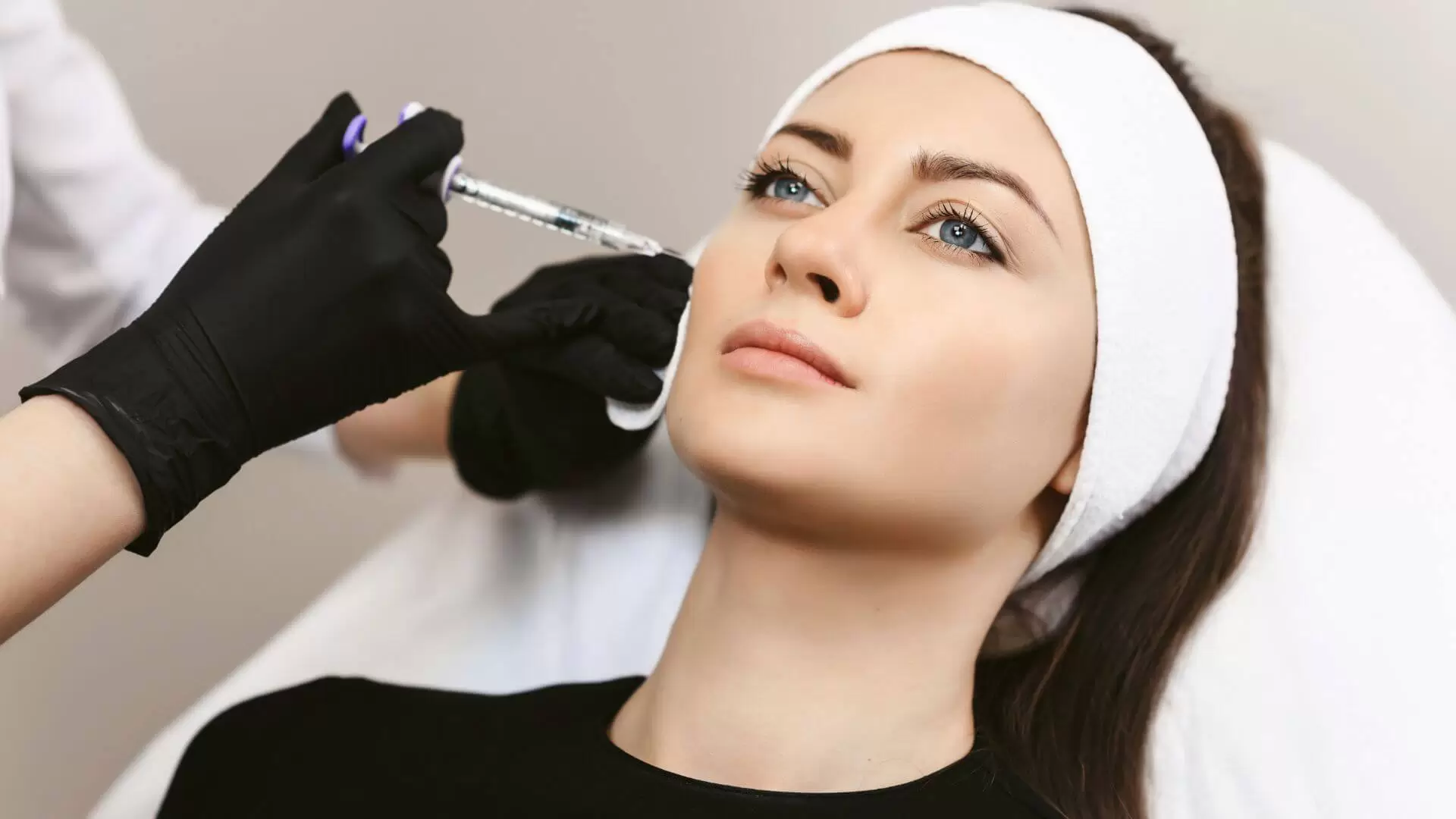Do you like to decorate your body with various types of piercings and have long dreamed of making such a popular helix piercing today? Here you will find answers to all questions about this unusual type of external cartilage piercing: does it hurt to do it, how long the recovery period can take, and more!
Helix piercing is a type of piercing of the outer cartilage of the ear, also called a helix piercing. This piercing option is very popular with young girls today – and for good reason! It looks incredibly stylish and unusual and can coolly complement almost any fashionable image – regardless of whether you feel like a romantic nymph today or a real rock diva.
In the new material, VOICE has prepared a useful guide to helix piercing for you: in it, you will find all the necessary information that you may need before you decide on a beauty procedure!
What is helix piercing?
A helix piercing, or helix piercing, is any piercing made in the upper cartilage of the ear. At the same time, there are several options for this very helix piercing. So, you can make a direct, reverse double, or even triple cartilage puncture. And now let’s take a closer look at all these types of piercings!
What are direct and reverse helix piercing
What is the difference between direct helix piercing and reverse? Everything is quite simple: the area around the ear to the area directly above the tragus is the area for a direct helix piercing. The reverse helix piercing is located on the leg of the ear curl.
What is a double or triple helix piercing
Classic spiral piercing involves a single puncture of the upper outer cartilage. However, many people decide to make two or three holes in this area at once – this is called a double or triple helix piercing.
Does helix piercing hurt?
On the Web, you can find many reviews about whether it hurts to pierce the upper cartilage of the ear. Many who decided on a helix piercing a few years ago admit that they even fainted during the procedure. Others note that due to the strong sensitivity in this area, they could not wear jewelry and, as a result, the hole was overgrown.
However, now this beauty procedure has improved so much that it is almost painless and does not have terrible consequences in the form of inflammation. Many describe the sensation of being pierced as a small, sharp pinch that goes away within a minute or two.
Straight helical piercings tend to be less painful than reverse ones. This is due to the fact that the cartilage in the area is thinner than on the stalk of the curl. If you are worried about a puncture, you can take a friend or boyfriend with you to the salon – they can hold your hand in support or treat you with something sweet, not letting you faint.
What you need to know before piercing the helix
Here are some useful things you need to know before getting yourself a helix piercing. These tips are based on the real experience of people who have already done similar cartilage piercings, be sure to take these valuable recommendations into your mind!
- If you plan to do several cartilage piercings at once on different ears in one trip to the salon, then first choose one ear for this. It is important that you have one “clean” side on which you can sleep. The fact is that during the healing period of the piercing, it is important to avoid direct contact with the pillow – this will help to avoid pain and possible inflammation.
- Before the puncture, ask the master to mark the place of the future hole on the cartilage – so you can imagine what the jewelry will look like in this area. It is not enough to be inspired by piercings in the photos of others – here you should take into account the individual anatomical features of your ears.
- Do not wear jewelry immediately after the piercing. Before trying on a beautiful ring or carnation, you must wait until the puncture site is completely healed.
- Do not urinate with water on a fresh puncture because this may interfere with the healing process. After taking a shower, you can even dry your ear with a hairdryer using the lowest temperature.



